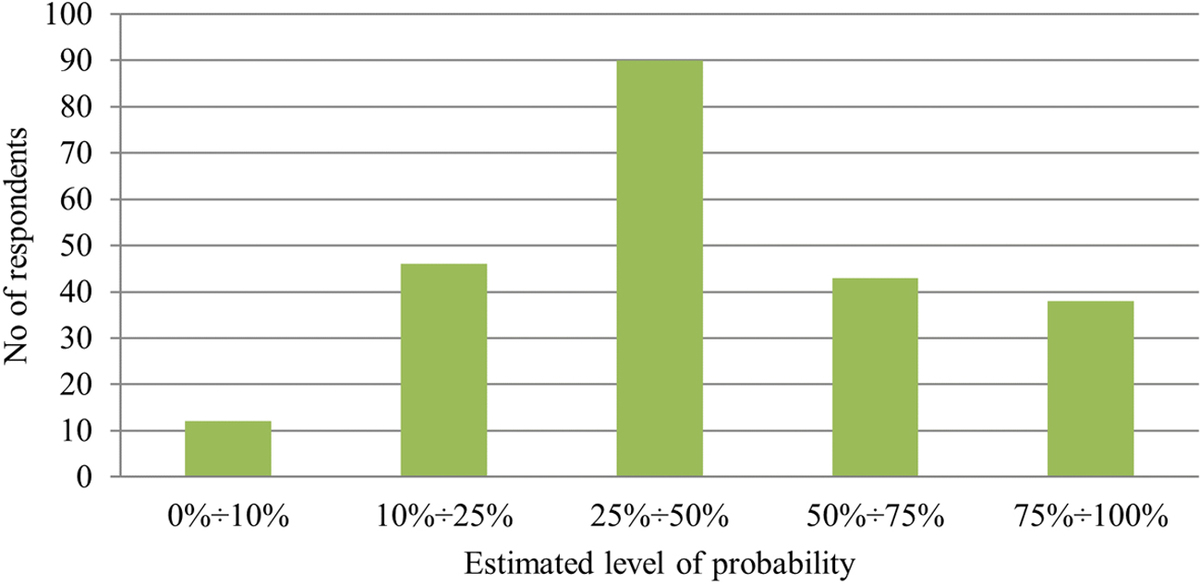Identification of threats affecting the risk of urban regeneration of post-industrial areas
1
Department of Building Engineering, Faculty of Civil and Environmental Engineering, Gdansk University of Technology, Poland
2
Department of Building Process Engineering, Faculty of Civil Engineering and Architecture, Lublin University of Technology, Poland
These authors had equal contribution to this work
Submission date: 2023-10-19
Final revision date: 2024-01-24
Acceptance date: 2024-02-08
Publication date: 2025-03-20
Corresponding author
Magdalena Apollo
Department of Building Engineering, Faculty of Civil and Environmental Engineering, Gdansk University of Technology, Poland
Department of Building Engineering, Faculty of Civil and Environmental Engineering, Gdansk University of Technology, Poland
Archives of Civil Engineering 2025;71(1):327-345
KEYWORDS
TOPICS
ABSTRACT
One of the main problems of highly urbanized areas is progressively degrading land. This process is mainly caused by the closure of enterprises that have failed to adapt to the realities of the economy and the lack of investment. Post-industrial areas are usually large, diverse, and polluted complexes that may have historical and locational value. Currently, there is a growing interest among European city authorities in this type of land, which can be revitalized to create, i.e., leisure and recreation areas.
The need to preserve cultural values, while adapting the space to the new reality, requires verification of risk factors affecting the urban regeneration process. In this article, the authors attempt to create a ranking of the risk factors of post-industrial area urban regeneration. A statistical analysis was conducted preceded by the collection of data in the form of assessments of the probability and severity of the identified urban regeneration risk factors. This ranking was created to identify the key factors for urban regeneration risk estimation. The analysis conducted revealed that the most significant urban regeneration risk factors are related to, i.e., poor technical condition of buildings and structures, environmental degradation, as well as logistical problems.
Share
RELATED ARTICLE
We process personal data collected when visiting the website. The function of obtaining information about users and their behavior is carried out by voluntarily entered information in forms and saving cookies in end devices. Data, including cookies, are used to provide services, improve the user experience and to analyze the traffic in accordance with the Privacy policy. Data are also collected and processed by Google Analytics tool (more).
You can change cookies settings in your browser. Restricted use of cookies in the browser configuration may affect some functionalities of the website.
You can change cookies settings in your browser. Restricted use of cookies in the browser configuration may affect some functionalities of the website.




